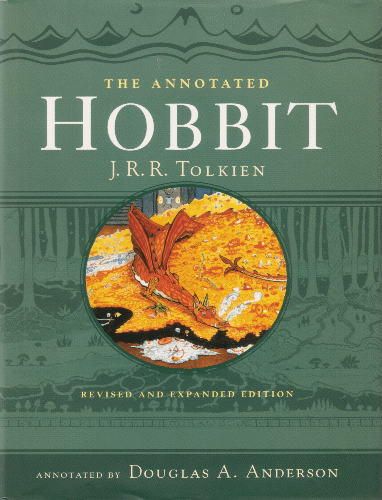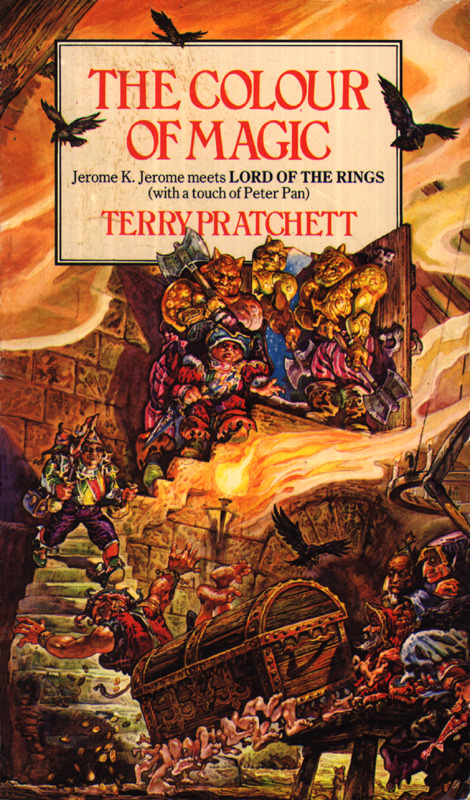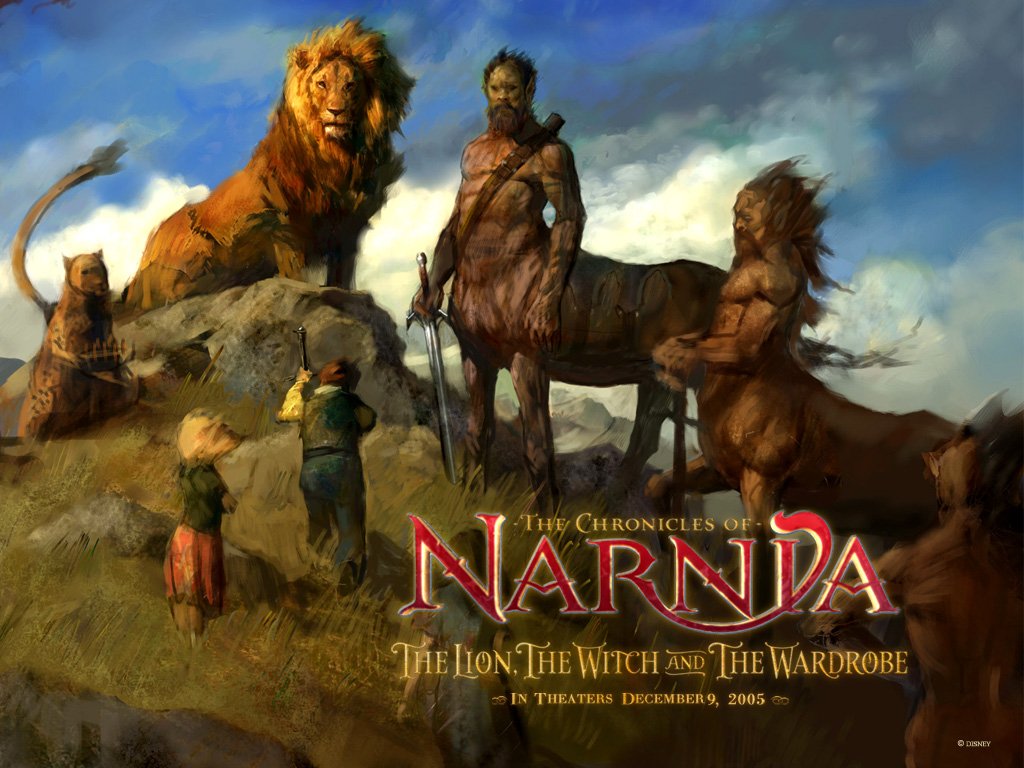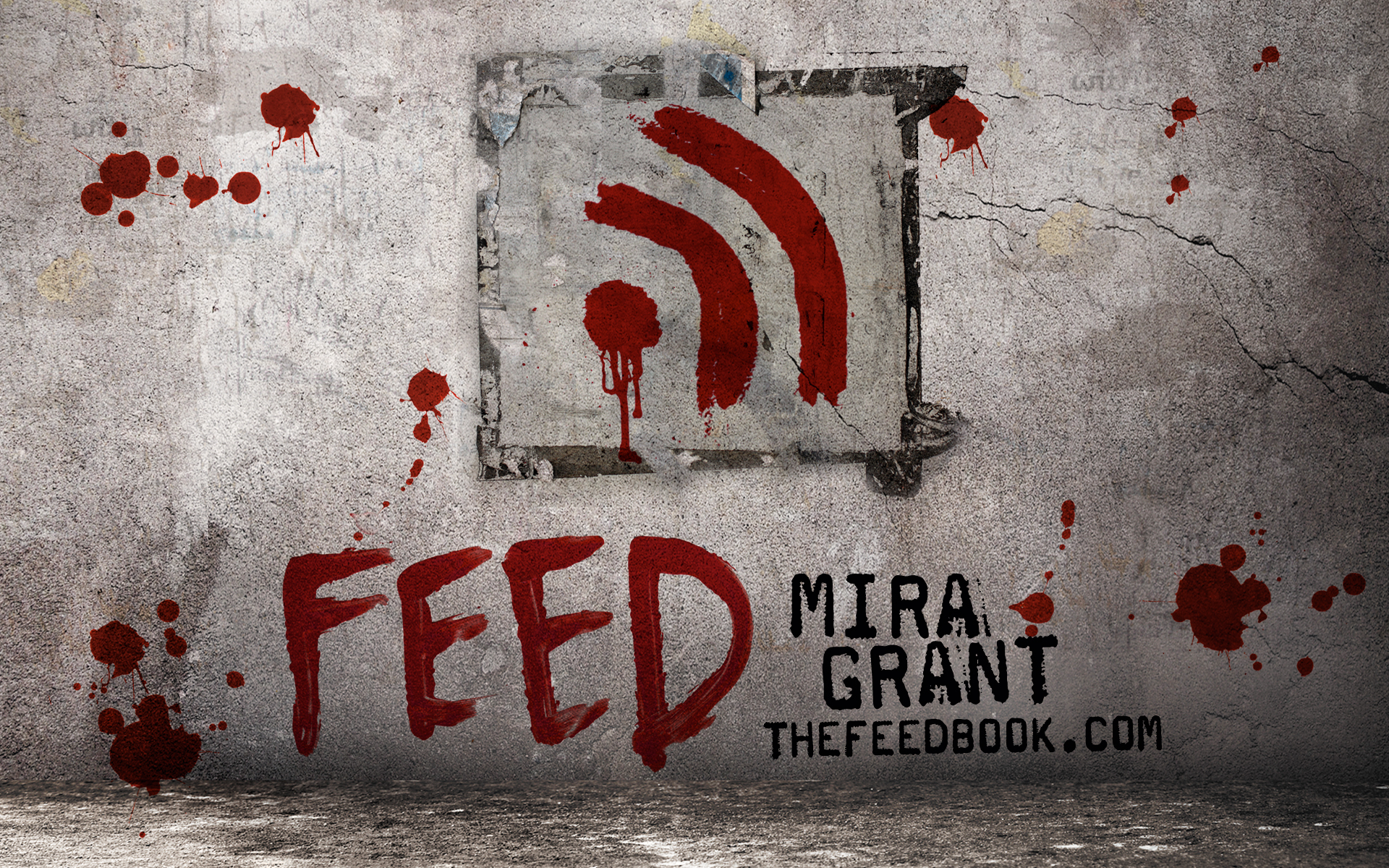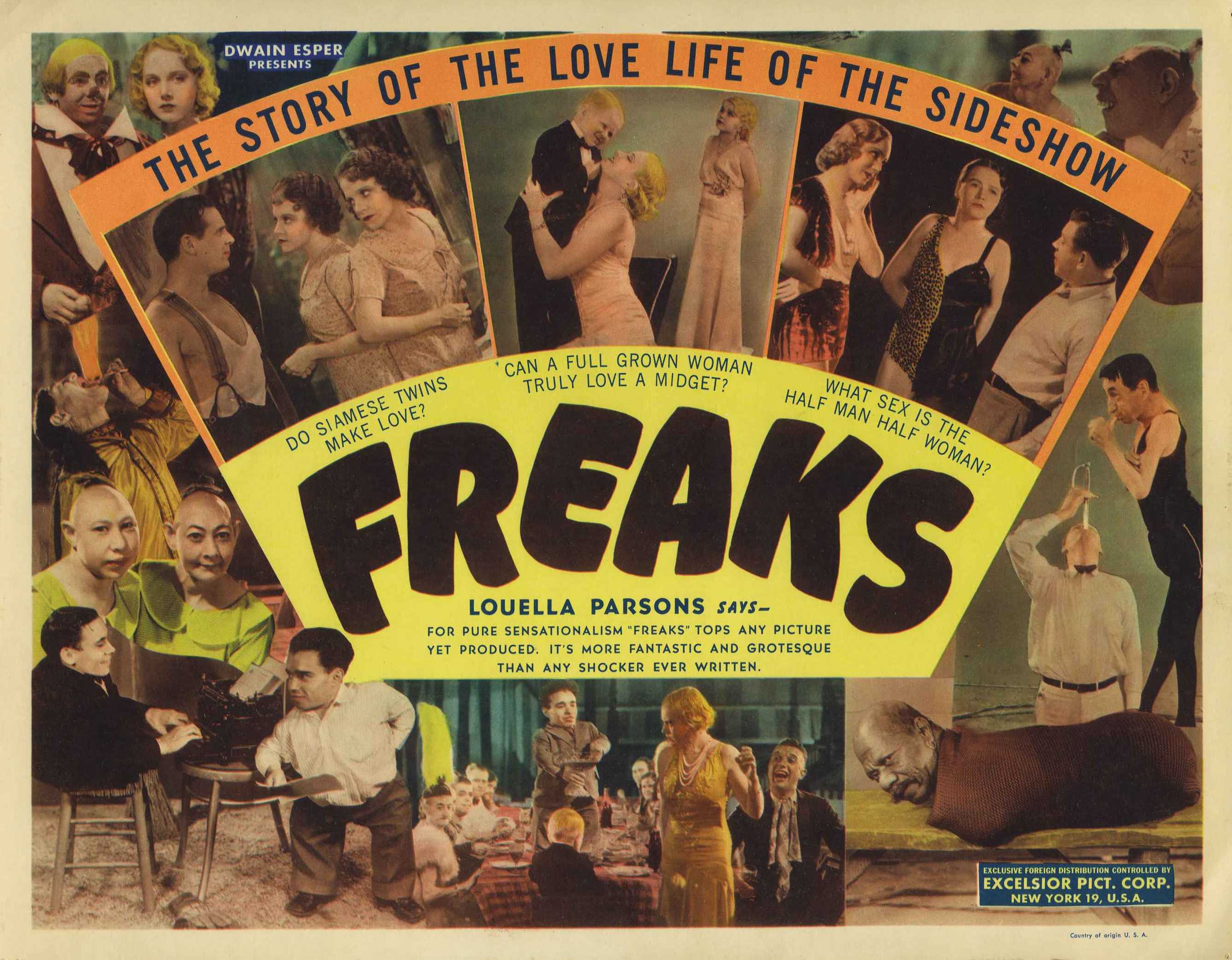There is plenty to be said about witches and the evolving image of powerful women in our culture.
Required Book:
Aunt Maria by: Diana Wynne Jones


 Diana Wynne Jones was a prolific writer for young adults. One of her well known books would be Howl's Moving Castle. While her work may seem to be "simple", that assumption would be far from the truth. Her books are fun to read as a kid and eye opening to read as an adult. They are chock full of deeper meanings, the kind of content that might go over a child's head. Her book Aunt Maria is no different. It is social commentary on the "power" inside men and women, how it presents itself, and how it might change in the future as well as a coming of age fantasy story, Aunt Maria does not fail to make you think.
Diana Wynne Jones was a prolific writer for young adults. One of her well known books would be Howl's Moving Castle. While her work may seem to be "simple", that assumption would be far from the truth. Her books are fun to read as a kid and eye opening to read as an adult. They are chock full of deeper meanings, the kind of content that might go over a child's head. Her book Aunt Maria is no different. It is social commentary on the "power" inside men and women, how it presents itself, and how it might change in the future as well as a coming of age fantasy story, Aunt Maria does not fail to make you think.
In the book a brother and sister are met with tragedy when their father dies in a car crash. This car crash results in Christian and Naomi Laker (Mig for short) going to visit their elderly Aunt Maria in the village of Cranbury-on-Sea with their mother. What was supposed to be a visit over Easter Holiday turns into a nerve-testing experience.
Aunt Maria seems to be a sweet, cuddly old lady reminiscent of a "teddy bear". She seems overtly forbearing and demure. However, there is a tougher layer to her that can just barely be seen beneath all the practiced politeness. She wields manipulation as a powerful tool, using her old age and supposed meekness to get people to do what she wants.
For example, she may say, "You don't need to bother about the good china since you're a guest. I would do it myself, but these old bones don't work the way they used to. Regular cups will be fine."
What she really means is, "I expect the best china to be used."
Aunt Maria is not the only part of Cranbury-on-Sea that is odd. Other factors add to the strangeness. All of the children are locked up in an orphanage institutionalized by the women that follow Aunt Maria. The only two children not in the orphanage are Chris and Mig. Most of the men of the town, except for a select few, seem to be grey-suited zombies, devoid of any real ambitions of their own. The Mrs. Urs, the women that follow after Aunt Maria, all seem especially keen on her care and opinion, to an overkill level.
As the book goes on it is discovered that most of the eccentricities about the town derive from the fact that there is a separation of "Power" between the men and women. This is where the book really begins to make a point about society, the "Power" inside men and women and how it presents itself.
The women have a Queen Bee. That is obviously, Aunt Maria. They flock to her, listen to her every whim, and perform any order she gives. This is because she has the majority of the women's power. Her followers have some specialized talents, such as Elaine, who it is implied enjoys seducing men, even though it makes her husband cry. Phyllis Forbes, is another example. She likes to "put a plastic bag over other peoples feelings" mainly the children she oversees at the orphanage, forcing them to conform.
Putting magic aside, this seems to be pointing to a truth about the world. Women do have a tendency to choose a leading lady to follow. Even little girls do this. Whether it is two little girls or six, one of them is the leader, the voice of the whole, the mind above the rest. In the real world the "Power" is the ability to attempt control over others than yourself, which is a lofty ambition considering it is very conceited to assume you know better than they do.
Aunt Maria certainly thought she had "done no wrong" and that all of her actions had been "correct". This is partially what made her so terrifying. Everyone followed her ethical code, assuming it was the right way. They never questioned the morals behind trapping an innocent man in the ground for years, turning her relatives into animals, faking her own son's death, or using guilt to force people to do her bidding.
The men, on the other hand, had a non-human vessel, a box, in which they contained their combined strength. Only a select few men of superior "Power" could hold the box and use its contents. These men were born with Power already.
Breaking this idea down into the real world, Jones strikes another nugget of truth. Often men form groups in which they can achieve their goals. This also can be seen in children. Little boys will settle into a tight-knit group where one of them is usually at the head due to their strong charisma. The followers listen to their leader, however, unlike the girls, the boys have no problem challenging their king or speaking up for themselves. Their disagreements are open and sometimes violent. A shove and kick later it is as if there was no argument and they are back to achieving their goals.
(Note: Where do these kids learn this behavior? Their parents. Media. The culture around them)
However, if the leader is taken away the rest of the group often becomes "lost" without their presence. This explains why, when the women remove the male leader of Cranbury-on-Sea, Antony Green, the men become like grey-suited zombies under the thumb of the women. That being said the women always have someone waiting quietly on the side for the Queen Bee to step down. There is no lack of replacements. The character of Elaine, the ever present rule enforcer of Aunt Maria, fills this spot. Another truth of the world.
Women often have internalized disagreements that turn into catty language, manipulation, and result in the followers choosing sides or ostracizing the one that dared to differ from the Queen Bee. Aunt Maria does this to Ms. Phelps, who thought men and women should be equal, by forcing her followers to ignore her, not help with her chores, and not push her in her wheelchair. She even tries, without success, to poison Chris and Mig against her by remarking on the news that Ms. Phelps had fallen down,
"Poor thing! That will teach her to make rude remarks. Well, you won't be going there again."
One of the Mrs. Urs. follows this up by saying, "Naomi, dear, Ms. Phelps isn't a nice person to know."
They try to cover up a darkness within themselves with concern for Mig's well being. Ms. Phelps, an old lady, someone who used to be their friend, just fell. Their reaction is really quite mean.
The only neutral character is Ms. Phelps, who truly seems to want a return of equality between men and women in Cranbury-on-Sea. She maintains that in the old days "power" was shared among men and women and that it was a gradual divide of engineered differences that started the war. This way of thinking is reinstated when Antony Green is rescued. He picks up the box that holds the men's combined power and releases it for everyone, men, women, and children to share, bringing back the simpler time, Ms. Pelps longed for.
Mig's character is not neutral in terms of being for both men and women. Rather she is simply against all the fighting. She is often confused and says repeatedly that she thinks everyone must be "Mad". She doesn't understand why the adult men and women are at war or why it matters so much. Eventually she becomes the hero by saving Antony Green, her motive being to put things back in balance, not to stop the women entirely. She shows the innocence of childhood, when kids don't care about the differences as long everyone gets along. Mig hates it when people try to "Manage" one another, no matter if it is the men or the women.
Jones seems to be commenting on the future of the struggle for power between men and women in the world. She is hoping and pushing for a world in which power is shared, which brings me to the question, what is the "Power" in the book? Is it really just magic?
The "Power", as Antony Green states near the end of the book, is of the MIND.
He broke down the wall containing this "Power" inside the men's box and the women's Queen Bee, effectively releasing it to the whole of Cranbury-on-Sea. Suddenly, there was no longer a need for a leader of women and a leader of men, because everyone could think for themselves and find true happiness in coming to their own conclusions in how to lead their lives. Men and women were not equal in every detail, obviously, but their talents made them unique.
If this message was not clear enough, Antony Green does not punish Aunt Maria, because a punishment is supposed to "show someone the error of their ways" and Aunt Maria thought that she had been right "all her life...Nothing is going to make her see she was wrong". So, instead he resigns her to a magical loop where she believes in her head that she is still and always will be Queen Bee. Then he shrinks her down to a tiny size and floats her off into the ocean.
This is a beautiful use of symbolism by Diana Wynne Jones. Aunt Maria refused to accept that her world view was wrong. The world moved on without her and she didn't even realize it. She was completely isolated and alone. A tiny speck in the ocean.
There are a great number of sheep in the world and very few leaders, not all of them "correct". Diana Wynne Jones has seen this play out in real life and translated it into a young adult novel format.
There is more that could be gleaned from her book. I have a feeling that it is one of those novels where rereading will almost always offer up a previously missed detail.
Required Movie:
Suspiria (1977) directed by Dario Argento








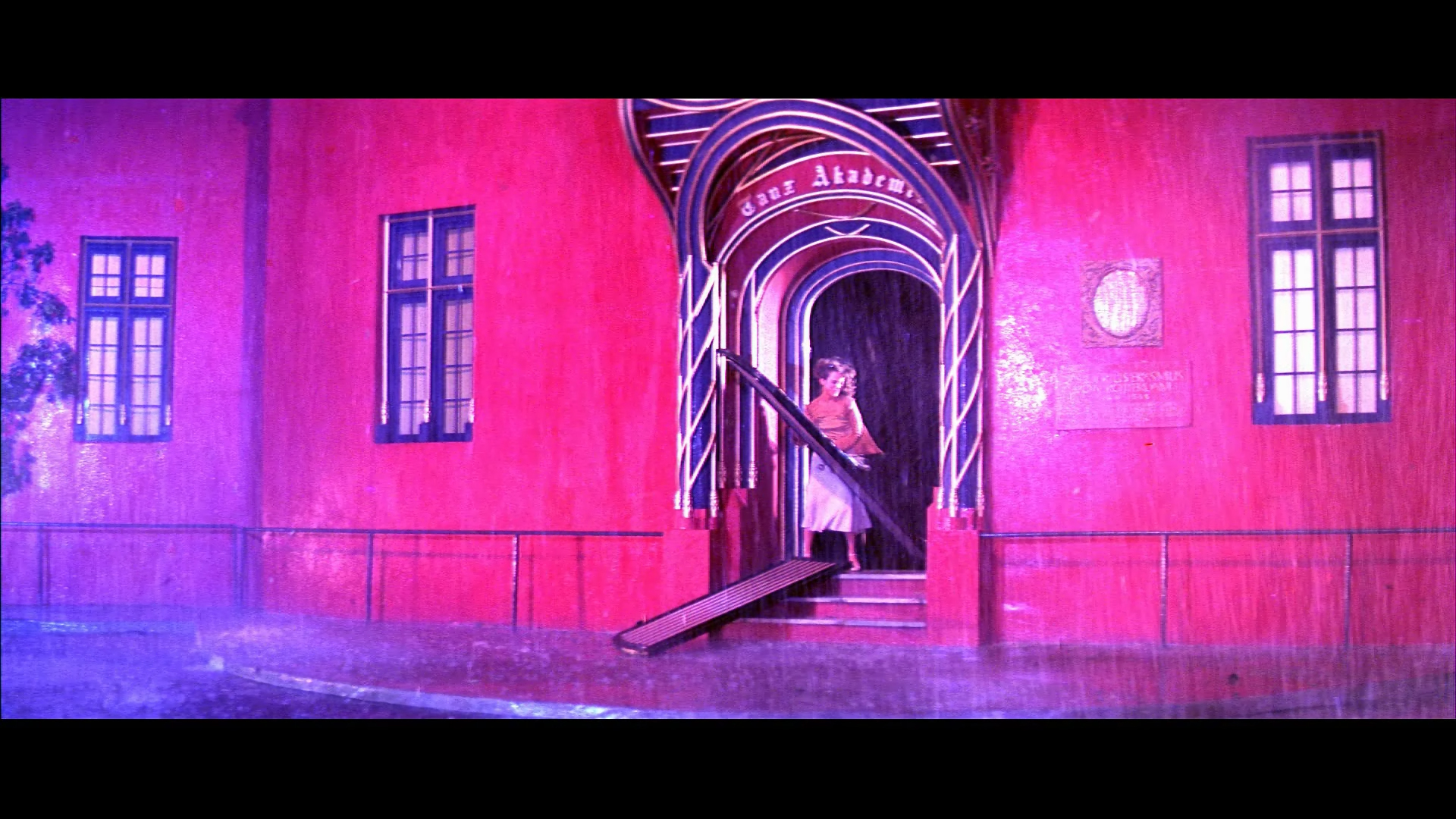 Look at all the pretty colors...
This is a similar take on witches to Aunt Maria, in that there is a group of women, the coven, following their much more powerful Mater Suspiriorum, or the Mother of Sighs, Helen Markos, in manipulation. However, it is much darker. Here the witches dealings result in multiple deaths and destruction, not just hurt feelings and control. Violence against the beautiful dancers ensues.
Suspiria has an air of the Gothic. A young American woman, Suzy, arrives in a strange new place, Munich, Germany, and stays in an isolated castle-like building, the dance academy. She begins to be suspicious of those in control of the academy and what has really happened to the missing dancers. Instead of leaving, she begins a journey of discovery that leads her deeper into danger.
Dario Argento's use of highly saturated, unrealistic colors, "creepy" music that combines a children's music box with persistent chanting, and violent imagery coupled with intense isolation makes for a nerve-frying ride.
The witches have the true magical power, but a man carries out their dirty work, leaving the academy to kill nosy dancers with a creative flare that can only be described as a grisly warning. Interestingly, the only male victim is killed through the witches doing. They posses a the blind man's dog, forcing it to rip out his throat.
Argento has been accused of being a misogonist.
If you look at Susperia this way...
The incredible violence toward women and the fear generated by a group of women signifies the fear and or hatred of women and their influence on society. There are also many phallic suggestions during the murder scenes and the idea that young, beautiful dancers are the victims is a strong suggestion of female sexuality.
Then it wouldn't seem very far fetched.
However, I believe in offering both sides of the issue...
This movie is predominately showing women being violent towards other women. Suzy's character is strong, curious, and no less feminine than any of the other women portrayed. And it can't be said that Argento is purposefully making his murder scenes more artistic than the rest of his movie, because his entire film follows the same design principles throughout. Some, like this female horror film blogger, even promote Argento as a feminist.
You decide.
Overall this movie was meant to be shocking and was very successful at it.
Witches in our Culture:
Look at all the pretty colors...
This is a similar take on witches to Aunt Maria, in that there is a group of women, the coven, following their much more powerful Mater Suspiriorum, or the Mother of Sighs, Helen Markos, in manipulation. However, it is much darker. Here the witches dealings result in multiple deaths and destruction, not just hurt feelings and control. Violence against the beautiful dancers ensues.
Suspiria has an air of the Gothic. A young American woman, Suzy, arrives in a strange new place, Munich, Germany, and stays in an isolated castle-like building, the dance academy. She begins to be suspicious of those in control of the academy and what has really happened to the missing dancers. Instead of leaving, she begins a journey of discovery that leads her deeper into danger.
Dario Argento's use of highly saturated, unrealistic colors, "creepy" music that combines a children's music box with persistent chanting, and violent imagery coupled with intense isolation makes for a nerve-frying ride.
The witches have the true magical power, but a man carries out their dirty work, leaving the academy to kill nosy dancers with a creative flare that can only be described as a grisly warning. Interestingly, the only male victim is killed through the witches doing. They posses a the blind man's dog, forcing it to rip out his throat.
Argento has been accused of being a misogonist.
If you look at Susperia this way...
The incredible violence toward women and the fear generated by a group of women signifies the fear and or hatred of women and their influence on society. There are also many phallic suggestions during the murder scenes and the idea that young, beautiful dancers are the victims is a strong suggestion of female sexuality.
Then it wouldn't seem very far fetched.
However, I believe in offering both sides of the issue...
This movie is predominately showing women being violent towards other women. Suzy's character is strong, curious, and no less feminine than any of the other women portrayed. And it can't be said that Argento is purposefully making his murder scenes more artistic than the rest of his movie, because his entire film follows the same design principles throughout. Some, like this female horror film blogger, even promote Argento as a feminist.
You decide.
Overall this movie was meant to be shocking and was very successful at it.
Witches in our Culture:
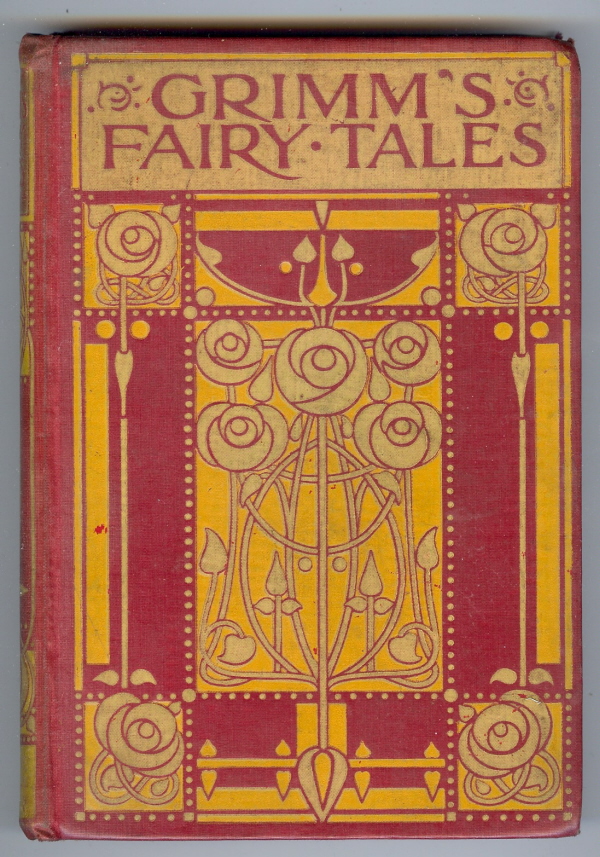






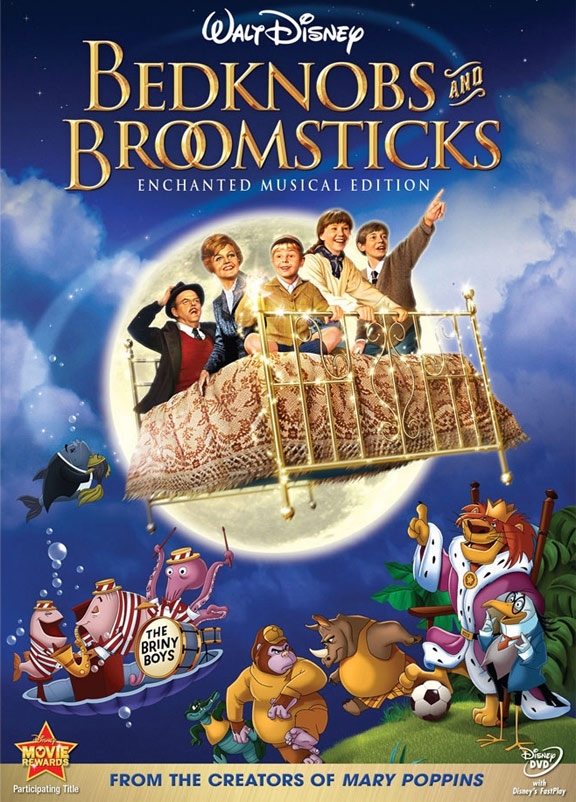











 Witches started out as evil or at the very least, extremely dangerous. The pure evil variety can be seen in fairy tales, Shakespeare, The Lion, The Witch, and the Wardrobe, Witches and The Wizard of Oz, as well as many other sources. They are terrifying women using their power for evil. The extremely dangerous witches have several categories. Some of them are dangerous (to men), because they are seductive and manipulative or as in The Witches of Eastwick, fast learners quick to use their power against the man that taught them to hone their skills. Others are not so bad unless you make them mad, like in in the TV show Bewitched.
Then there are the perceived witches as in The Crucible. In the play Abigail is not a witch at all. She is a woman to be feared, strong willed, sexually aware, and manipulative.
Witches started out as evil or at the very least, extremely dangerous. The pure evil variety can be seen in fairy tales, Shakespeare, The Lion, The Witch, and the Wardrobe, Witches and The Wizard of Oz, as well as many other sources. They are terrifying women using their power for evil. The extremely dangerous witches have several categories. Some of them are dangerous (to men), because they are seductive and manipulative or as in The Witches of Eastwick, fast learners quick to use their power against the man that taught them to hone their skills. Others are not so bad unless you make them mad, like in in the TV show Bewitched.
Then there are the perceived witches as in The Crucible. In the play Abigail is not a witch at all. She is a woman to be feared, strong willed, sexually aware, and manipulative.
The misunderstood witch has also become a theme. Practical Magic shows this through the bullied and ostracized Owens sisters. They try to denounce their power, but soon give in to it to meet their desires, which causes conflict. The recent Disney movie, Frozen, also describes a misunderstood witch. Elsa tries to hide her power, then runs away and finds comfort in being herself.
The misunderstood witches lead to witches as heroines. They use their power to fight evil. Willow Rosenberg, a character in Buffy the Vampire Slayer TV show, is always trying to help defeat the darkness. These heroine witches also have a tendency to be extremely smart. Willow loves learning. Another famous witch would be Hermione Granger, "The brightest witch of her age", from the Harry Potter book series, is smart, spunky, and socially conscious. These witches serve as fanciful role models for women and children.
Kiki's Delivery Service is a great example of a different kind of witch. Kiki is a normal girl entering into womanhood. As a witch her magical powers have not developed yet. She worries about what she looks like, what other people think, she wants to be mature, but has to learn through experience what that means. Kiki stands for every girl confronted with the responsibility of growing up, her magical power is a symbol for the emergence of her true self.
As exciting as the modern witches can be, the evil witch is still around, steadily coming back into our media. One very good example would be found in Niel Gaiman's Stardust, Lamia is quite terrible. The movie Maleficint would be another option (until love melts her heart). This site has a pretty good list of the most recent witches, though it only covers film and TV.
 Witches in our culture have gone through many changes. In the beginning they were pure evil, but they have also been charming, manipulative, funny, misunderstood, seductive, and extremely smart. These changes have come over time and have alternated back and forth over the years.
What does this say about our culture and how it models women with power?
In terms of the evil witch seen in many fairy tales the woman is selfish. This can be seen in the fairy tale collections of Grimm, Anderson, and Lang.
In fairy tales, the witch is evil, but she is also out to support herself and occasionally her child. She is ambitious and willing to do anything to keep the position she fought for, no matter what it is.
Witches in our culture have gone through many changes. In the beginning they were pure evil, but they have also been charming, manipulative, funny, misunderstood, seductive, and extremely smart. These changes have come over time and have alternated back and forth over the years.
What does this say about our culture and how it models women with power?
In terms of the evil witch seen in many fairy tales the woman is selfish. This can be seen in the fairy tale collections of Grimm, Anderson, and Lang.
In fairy tales, the witch is evil, but she is also out to support herself and occasionally her child. She is ambitious and willing to do anything to keep the position she fought for, no matter what it is.
There is a reason for this, A large part of Grimm's fairy tales were collected verbally from a family of French women that had immigrated to the Germanic State.
The evidence of this is seen when it is taken into consideration that marriage was a woman's only secure path to financial stability, however it was also a gamble with death. Married women were expected to bare children and the rate of death during childbirth was very high. This meant that there were many stepmothers with limited family resources. The stepmother would often favor her legitimate children over her stepchildren.
The Grimm tales serve as a warning to women of the time in particular to treat all of their children equally. Those that do not are considered evil stepmother's eventually vanquished by the very stepchild they ill treated. You sow what you reap.
Also, most Grimm fairy tales revolve around a smart, young woman who receives help out of her bad situation, first because of her virtues and second because of her beauty. For example, In Ashputtle, the young girl is kind, good, patient, and a hard worker. These qualities are what convince helpful spirits in the form of birds (her mother's soul in some versions) to help her. In this way the tales are instructions on good behavior, which will garner reward.
The great lack of male heroes is also blatant. If there is a male hero he is often not very smart, fails repeatedly at the task he set out to do, needs the help of a mentor or a woman, doesn't listen to said mentor, and falls to his "desires" before the mentor, out of grace, helps him. One of the most obvious tales is The Golden Bird. The hero does not follow the instructions of the fox helping him repeatedly. He looses everything more than once. In the end the fox saves his life. It is almost to the point where the hero doesn't seem to deserve anything he got, because it was not gained due to his own strengths.
It was not until later that stories with a misogynistic outlook came out. The Little Mermaid, by Hans Christian Anderson is a good example.
In the original version the little mermaid is old enough to go to the top of the ocean (old enough for marriage), but instead of just looking and then coming back down to her "proper place", the ocean, she falls in love with a human. This prompts her to allow an evil sea witch cut out her tongue as the price for human legs, thereby loosing any verbal intelligence. The only way she can attract the prince is through her physical charms, dancing, which makes her feet hurt like knives are piercing her. Also, if the prince marries another woman she will die without an immortal soul, so now her life after death is in jeopardy. In the end, her physical beauty does not help her win the prince when he mistakes another girl for his savior. The woman that left her proper place, gave away her "intelligence" for a man that did not return her love, made a spectacle of herself to no avail, and who is fated to die without a soul, is given one last option. Kill the prince and return to the sea. She refuses. However, Anderson saves his little mermaid at the last second, transforming her into a "lady of the air" who has to live doing good deeds for three hundred years before she can then have a soul and go to heaven.
Anderson's Evangelical Lutheran point of view played a part in how he portrayed women in his stories. Women were held to a very high moral standard. They were expected to remain pure, marry, and then stay in their husband's house having and caring for their children. Also, they were to remain seen and not heard. This brings to mind the little mermaid having her tongue cut out to reach her own desires, which were outside of her dictated realm.
As women gained power in society the stories of witches evolved to include sexual awareness, humor, charm and brains. These witches are what women would consider "good role-models". However, these kinds of witches are far and few between.
Most witches or powerful women are portrayed as androgynous figures. They are not capable of being powerful and feminine or of showing love. They are seen as dangerous sex symbols. A common theme in film is for a powerful woman to be portrayed as an inhuman workaholic, incapable of having a healthy relationship. She is seen as abnormal and masculine. A woman in a man's world.
This is in part largely because of our culture is dominated by a male perspective. Only a minority of authors and film makers portray powerful women in a positive light. The majority still see the powerful woman that our misogynistic culture has cultivated. It will take several generations of reeducation to remove the negative image of the powerful woman.
This video is a humorous example of a highly cliche female role in media.
The damsel in distress, women in video games: Retro Part 1
Modern Part 2
This is a very revealing look into female Hollywood archetypes
